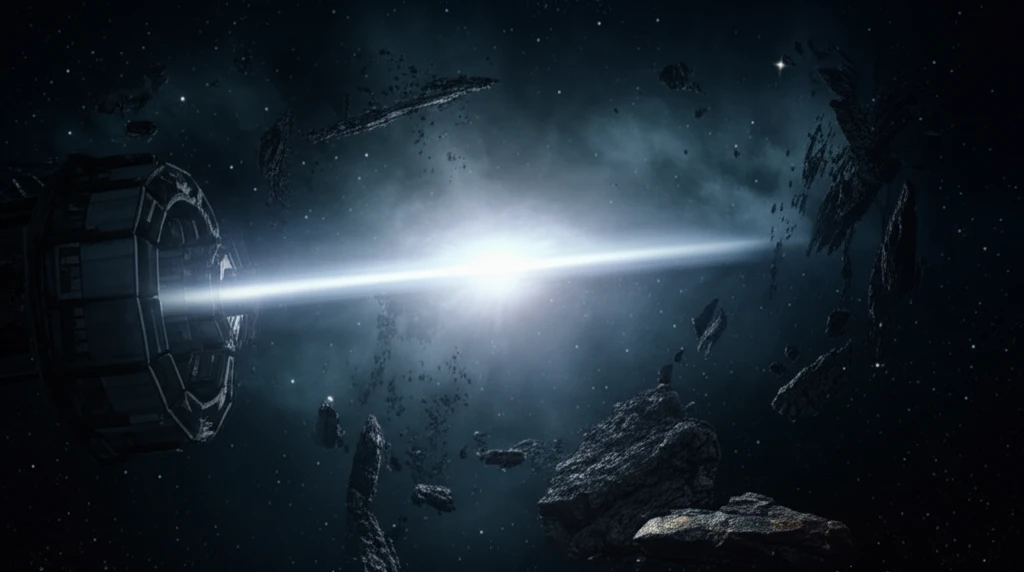
Unveiling the Dark Side: How Future Experiments Aim to Detect Dark Matter
"Scientists are casting a wider net with new direct detection experiments, hoping to illuminate the universe's greatest mystery: dark matter. Learn about the innovative technologies and strategies being employed to capture these elusive particles."
For decades, scientists have been on a quest to detect dark matter, the invisible substance that makes up a significant portion of our universe. Nestled in underground laboratories, sophisticated experiments are designed to capture the faint interactions between dark matter particles and ordinary matter, specifically the nuclei of atoms. These efforts target weakly interacting massive particles, or WIMPs, which are theorized to interact coherently with atomic nuclei.
As these direct detection experiments grow in size and sophistication, they face an inevitable hurdle: the “neutrino floor.” This irreducible background noise, caused by the scattering of neutrinos—ubiquitous subatomic particles—can mask the faint signals of dark matter interactions. Identifying dark matter signals becomes significantly more challenging when they are buried beneath this background.
To overcome this challenge, researchers are exploring new strategies and technologies. One promising approach involves casting a wider signal net by considering a broader range of potential dark matter interactions beyond the conventional spin-independent (SI) and spin-dependent (SD) models. This forward-thinking approach aims to maximize the chances of detection and disentangle dark matter signals from neutrino backgrounds.
Casting a Wider Net: New Approaches to Dark Matter Detection

The conventional SI and SD interactions, traditionally the focus of dark matter searches, may not fully represent the complex landscape of viable dark matter models. Many well-motivated models propose other types of interactions, making it essential to broaden the scope of detection efforts.
Looking Ahead
As the quest for dark matter continues, these innovative strategies promise to push the boundaries of our understanding. By exploring a wider range of interactions and leveraging advanced technologies, scientists hope to finally unveil the true nature of this enigmatic substance and shed light on the universe's greatest mysteries.
